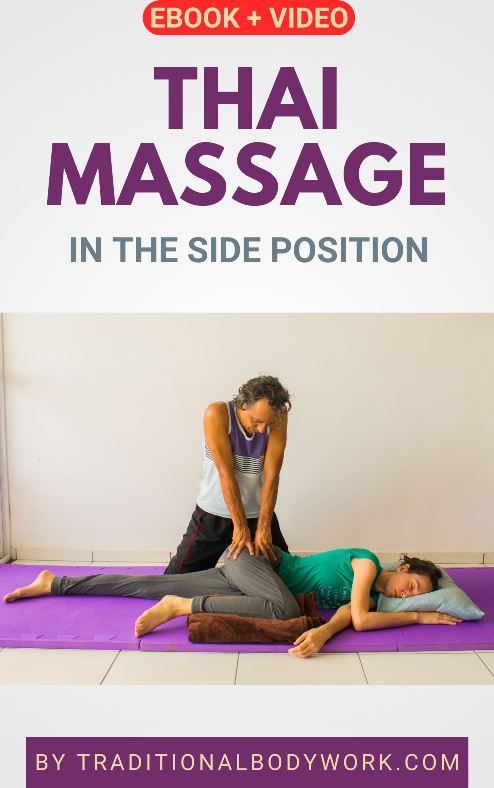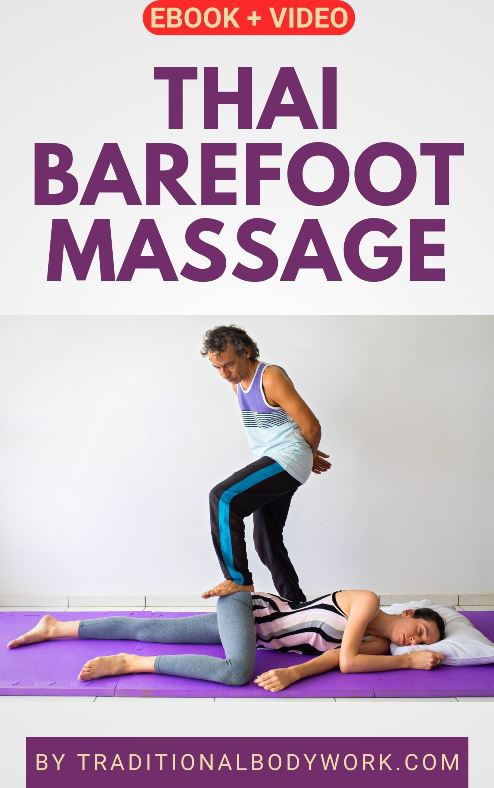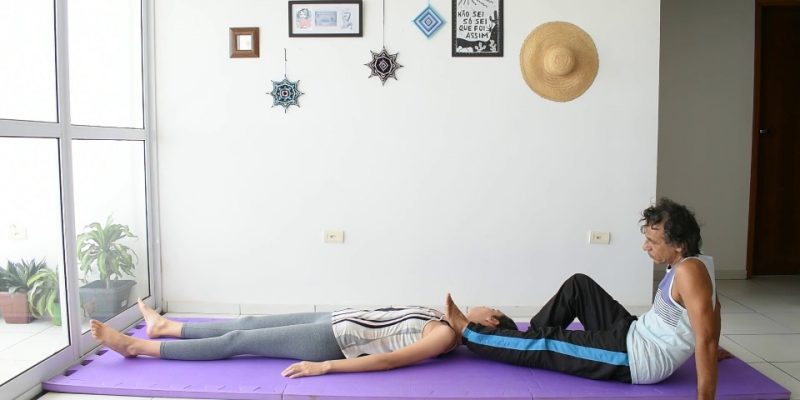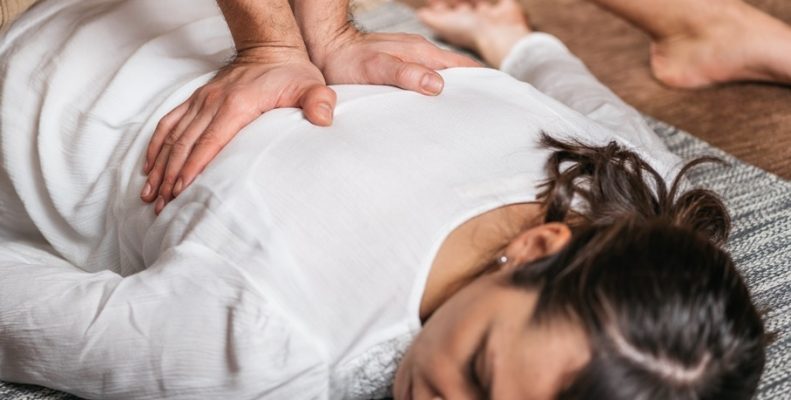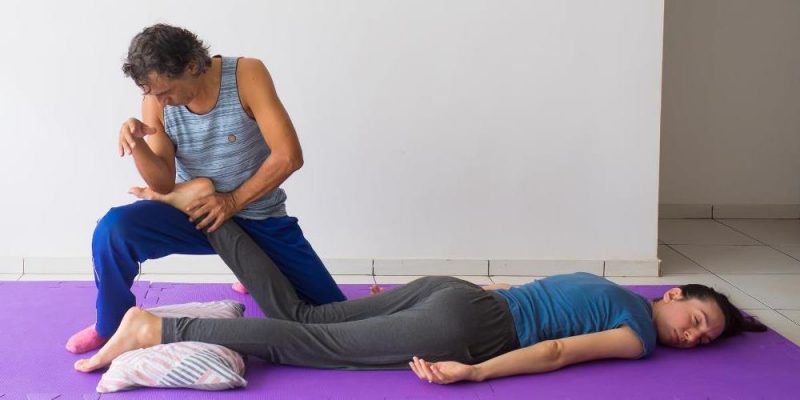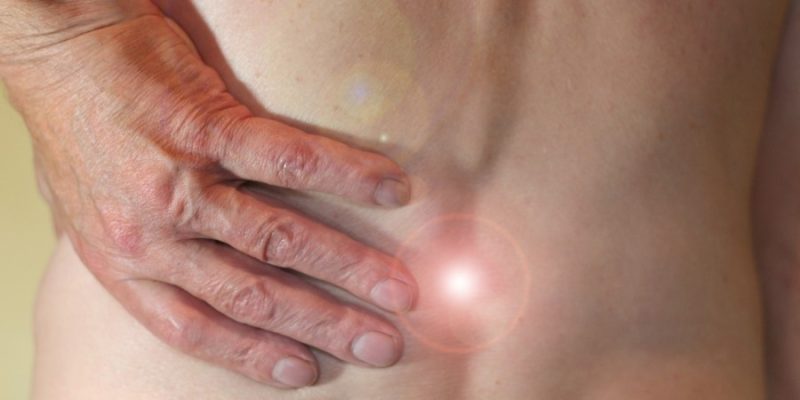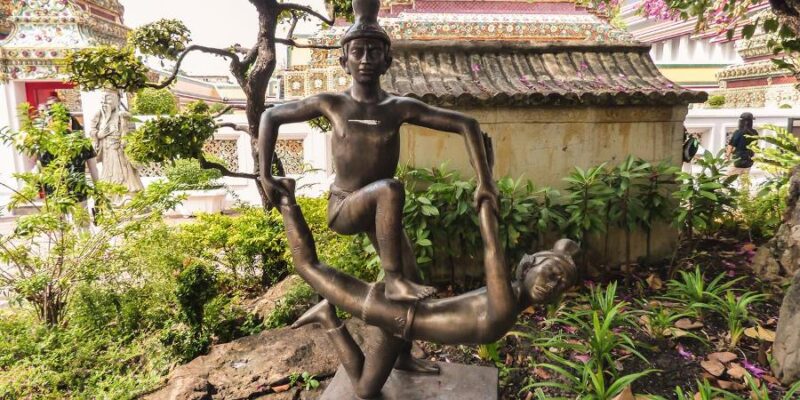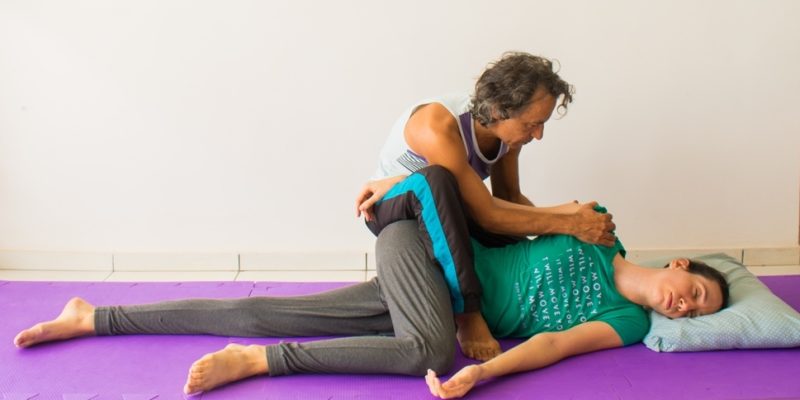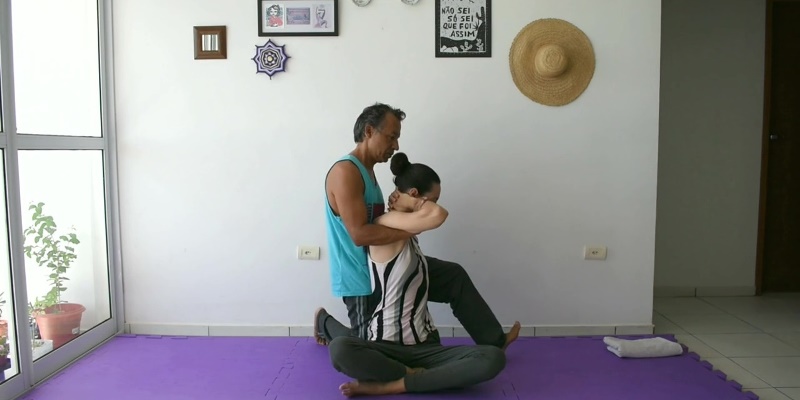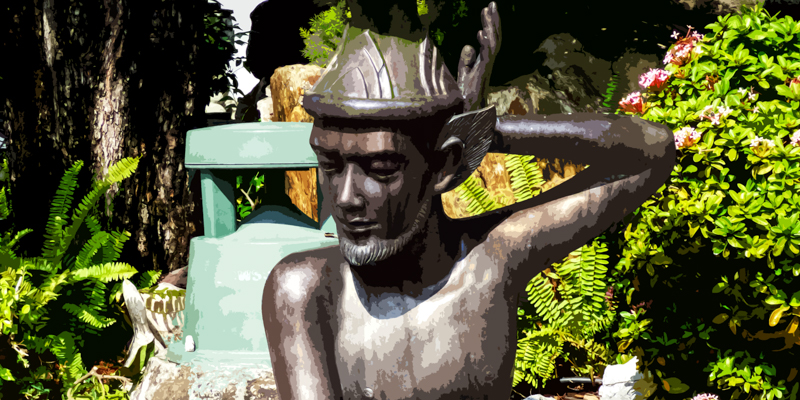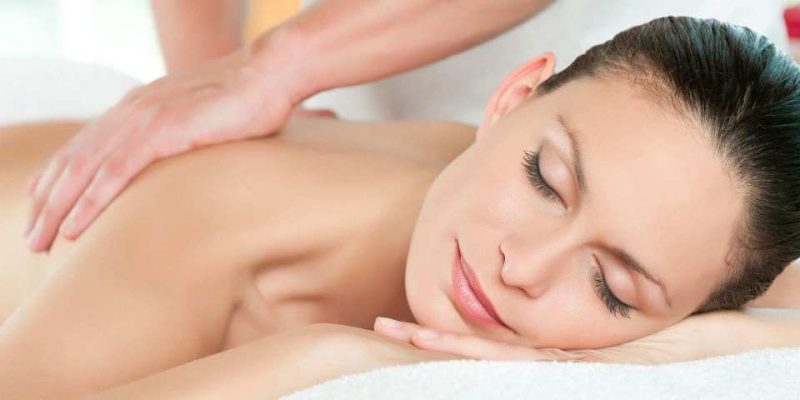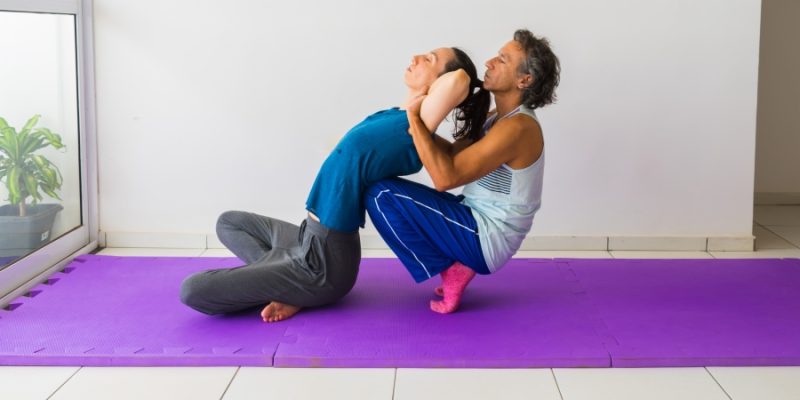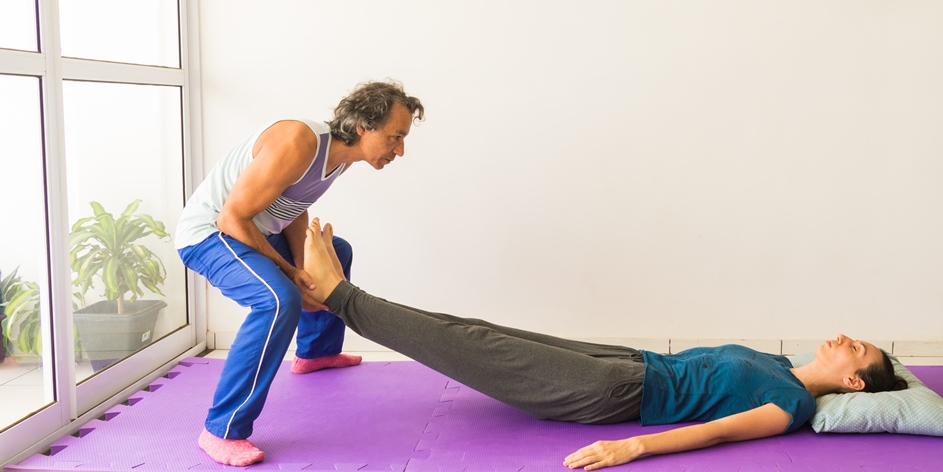
Rocking techniques in Thai Massage may be used to profoundly relax the receiver but also to gently mobilize joints and massage muscles. Thai Rocking Massage typically includes fluid, repetitive harmonic movements, dynamic stretches, and traction of a variety of body parts.
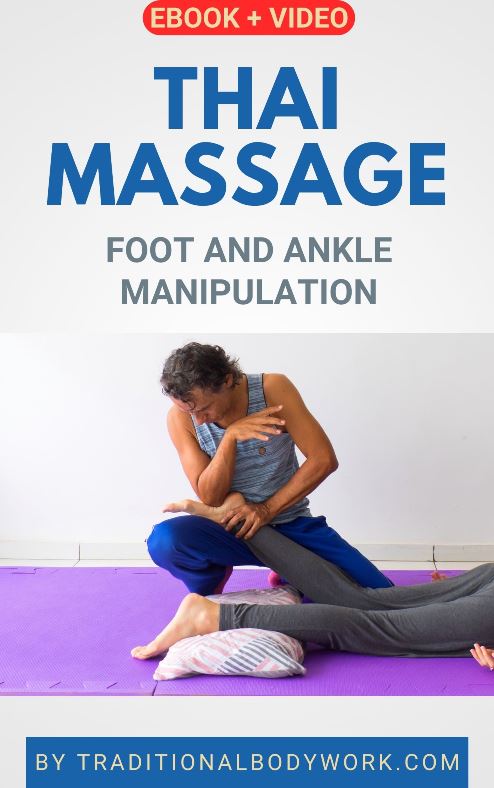
Thai Massage rocking techniques aim at gently shaking and moving joints and/or muscles and can be applied on many body parts which includes the legs, hips, abdomen, back, chest, arms, shoulders, to name a few.
To get a better idea of what rocking in Thai Massage may involve, you can see me doing a rocking session in the video displayed at the bottom of this post in which I predominantly rock the legs, hips, back, abdomen, and chest with the receiver lying in the supine position and in the prone position.
Some therapists may even give whole-body Thai massages by exclusively using rocking techniques during a session, which is commonly called Dynamic Thai Massage.
For the elderly, for people who have very rigid or tensed muscles and joints, or for people sensitive to tougher massage techniques rocking can be a smooth, tender and pleasant start to let-go, to relax, and prepare for deeper therapeutic massage work.

In addition, rocking techniques stimulate the circulatory system and Life Force Energy flow, while supporting the release of structural tensions and blockages caused by injury, trauma, or habitual holding patterns and continual stress.
Rocking in Thai Massage is usually done on the floor on a special floor mat suitable for massage. As a rule, therapists use both hands at the same time where one hand “locks” a section and the other moves another connected section (which give a slight stretch to muscles), or where both hands “rock” i.e. push and pull, or only push or only pull.
However, it’s not at all uncommon that Thai Massage therapists also perform rocking by using their elbows or even their feet.
Receive occasional news about our new eBook and Video Workshop publications.


